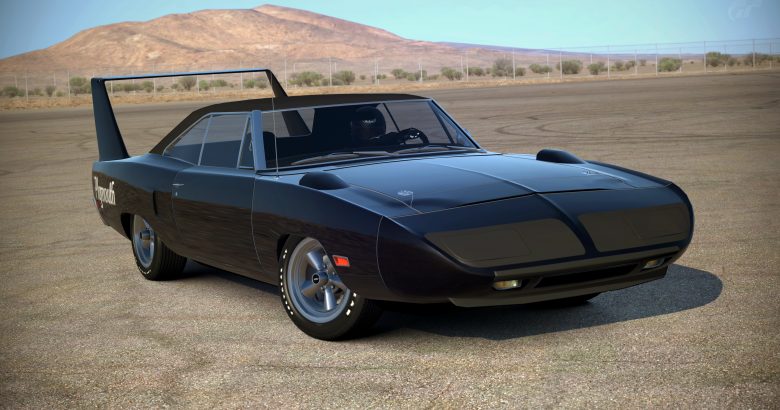
It’s a bird, no it’s a Superbird!
It was an interesting time back in the mid-1970s. First, the US got a big wakeup call when the Arab oil embargo occurred in 1974. Then, when it was finally over, gas prices skyrocketed to levels that were unheard off just 5 years before. And, to make things even more challenging (at least for the car industry), strict new air pollution requirements were being legislated by Congress.
It was during these tumultuous times that some interesting vehicles started to come out of Detroit and one of the most outrageous was the Plymouth Superbird. The Superbird had a big wedge-shaped nose and a massive wing mounted on the rear trunk. It looked like a giant version of car that some grade school kid would draw in his notebook in class. Frankly, when most people take a look at one, the first thing they say is “Why.” Well, there is a story behind the Superbird and Kims Chevrolet of Laurel, MS , an authorized Chevrolet dealer, filled us in on the all the details.
Built for NASCAR
The v was actually built with a singular purpose in-mind. It was to win NASCAR races. During the 1970s, winning at NASCAR was a massive branding statement that could sell a lot of cars. Basically, win at NASCAR and the sales of that brand exploded. But there was a catch.
Because it was a “stock car race,” in order to race at NASCAR you had to drive a car that was stock, meaning it was available to the general public. It also had to be sold in sufficient numbers. In 1970, NASCAR required one car for each of a car company’s dealers to qualify as “available to the general public.” That meant Plymouth needed to build 1920 high-performance race cars and ship them to dealers. This car was the Superbird.
Why the wing and nose?
The Superbird was basically a modified Plymouth Road Runner. They needed a guaranteed winning design so the first thing they did was to streamline it. This was accomplished by adding an aerodynamic nose-cone, smoothing out the body, and adding a very large rear wing. In the power department, the Superbirds could be had with three engines: a 440 cu. in. Super Commando with a single 4-barrel, a 440 cu. in. with a 6-pack carburetor or a full race engine, the famous 426 hemi. For those who are wondering: only 135 street cars were fitted with the Hemi; 665 took the option of the 440 Six Pack, and the rest were equipped with the 440 Super Commando with the four barrel carb.
How did they do?
Now that they had a potent stock car to race with, Plymouth competed at 1970 NASCAR and did quite well. They won eight big races and placed quite well in many more. It certainly didn’t hurt that Richard Petty, known as one of the greatest NASCAR drivers ever, was behind the wheel. In fact, he was the winner of many of those eight big races.
For all the drama, Plymouth made quite a name for itself in the 1970s but sales of actual Superbirds were another story. The exaggerated looks of the ‘Birds was a little extreme for most customers but dealers sold a lot of standard Roadrunners. Today these cars, which represent a genuine slice of automotive history, are very, very valuable. A nice example of a genuine Superbird with the 426 Hemi option can bring $300,000 to $500,000 at auction.
Source: Kim’s Chevrolet of Laurel, MS